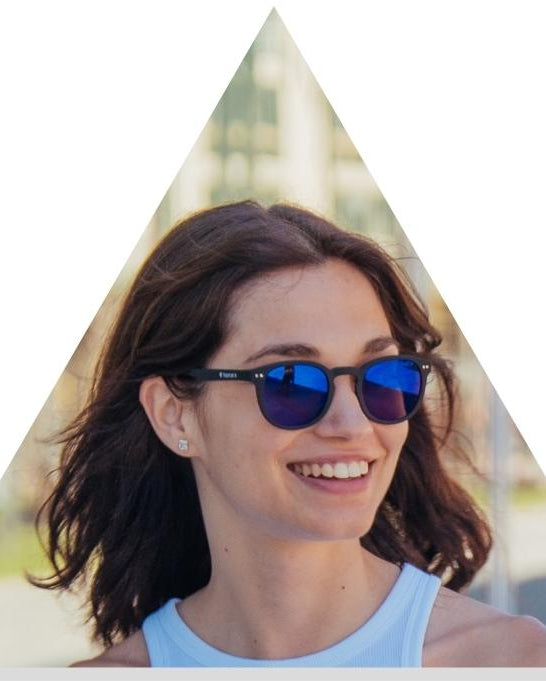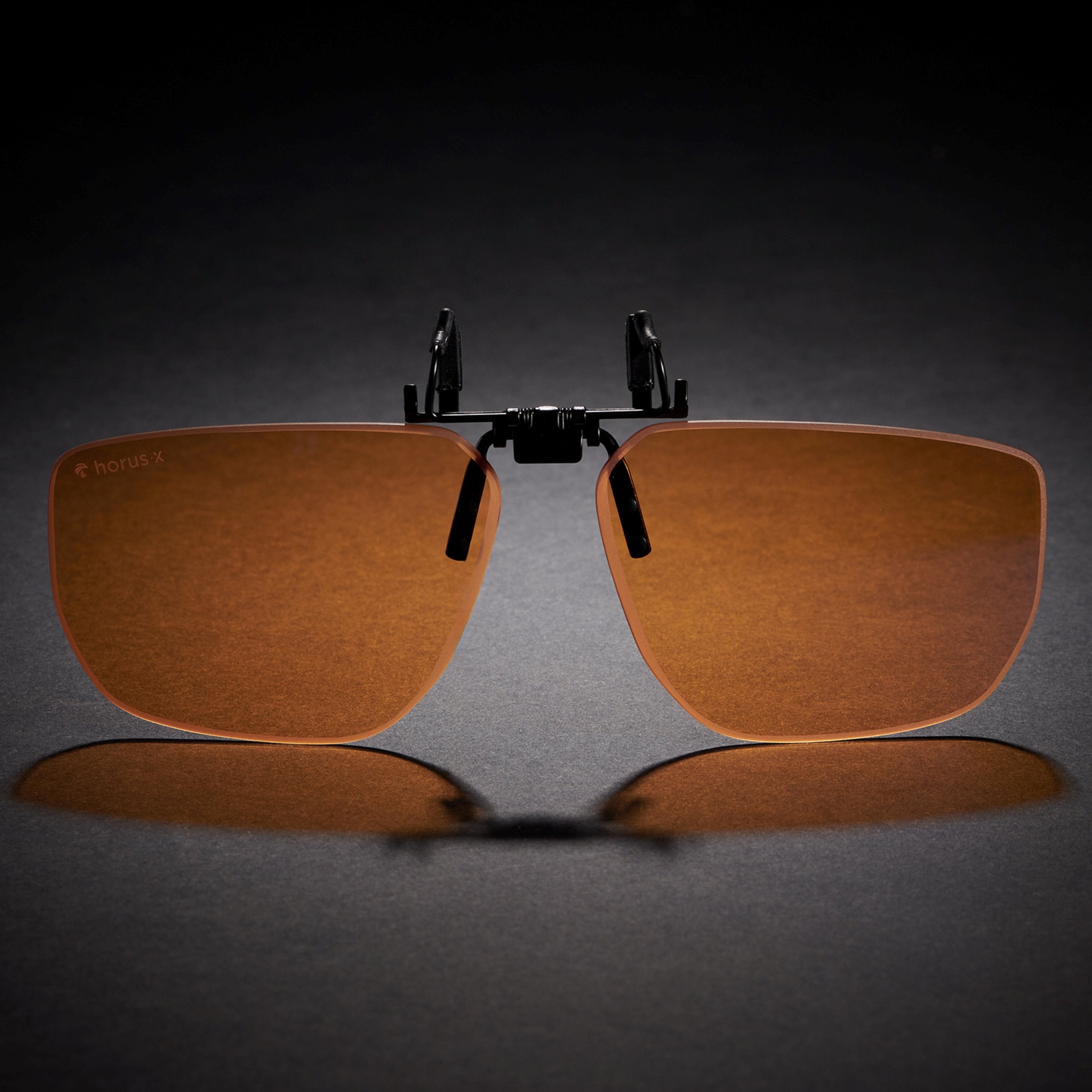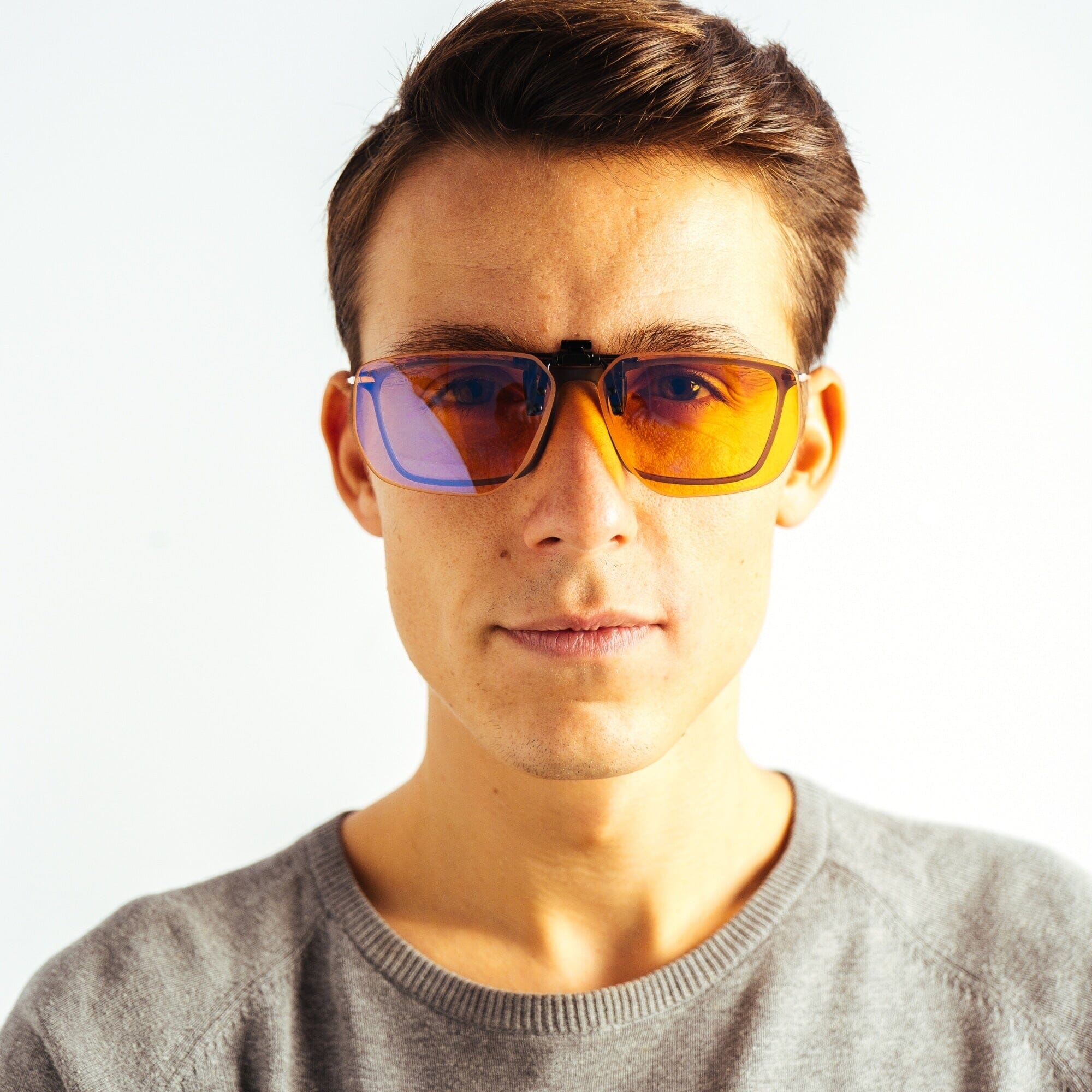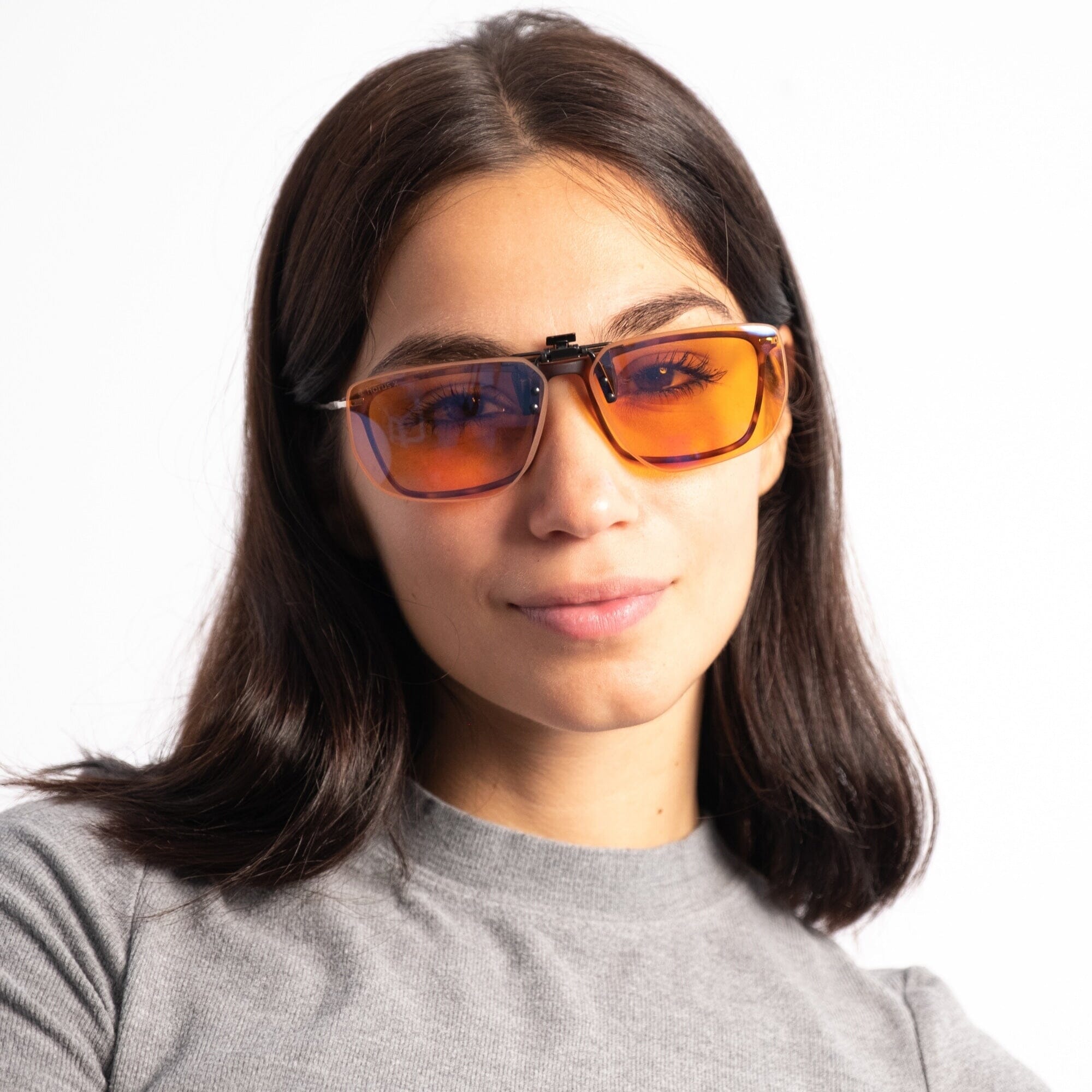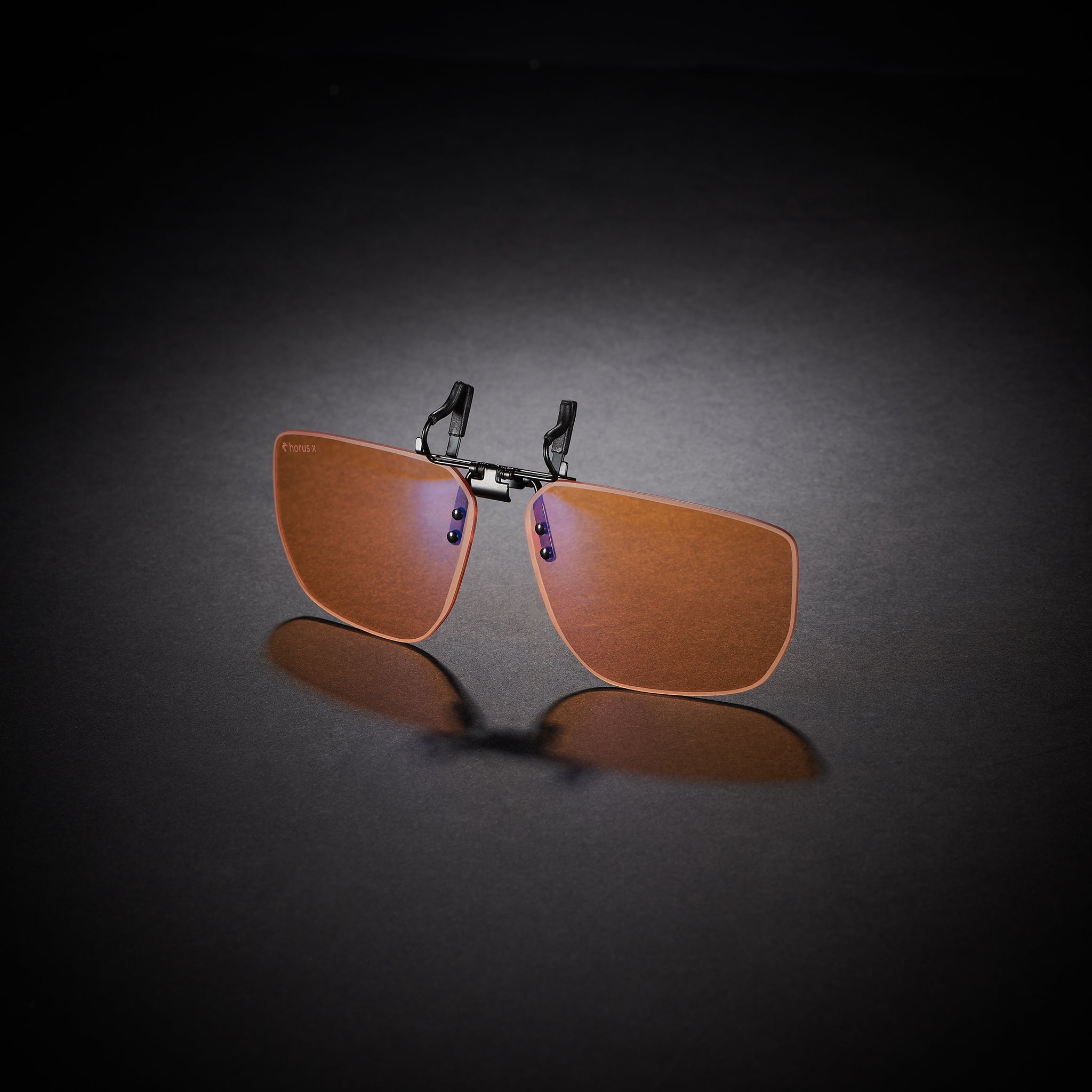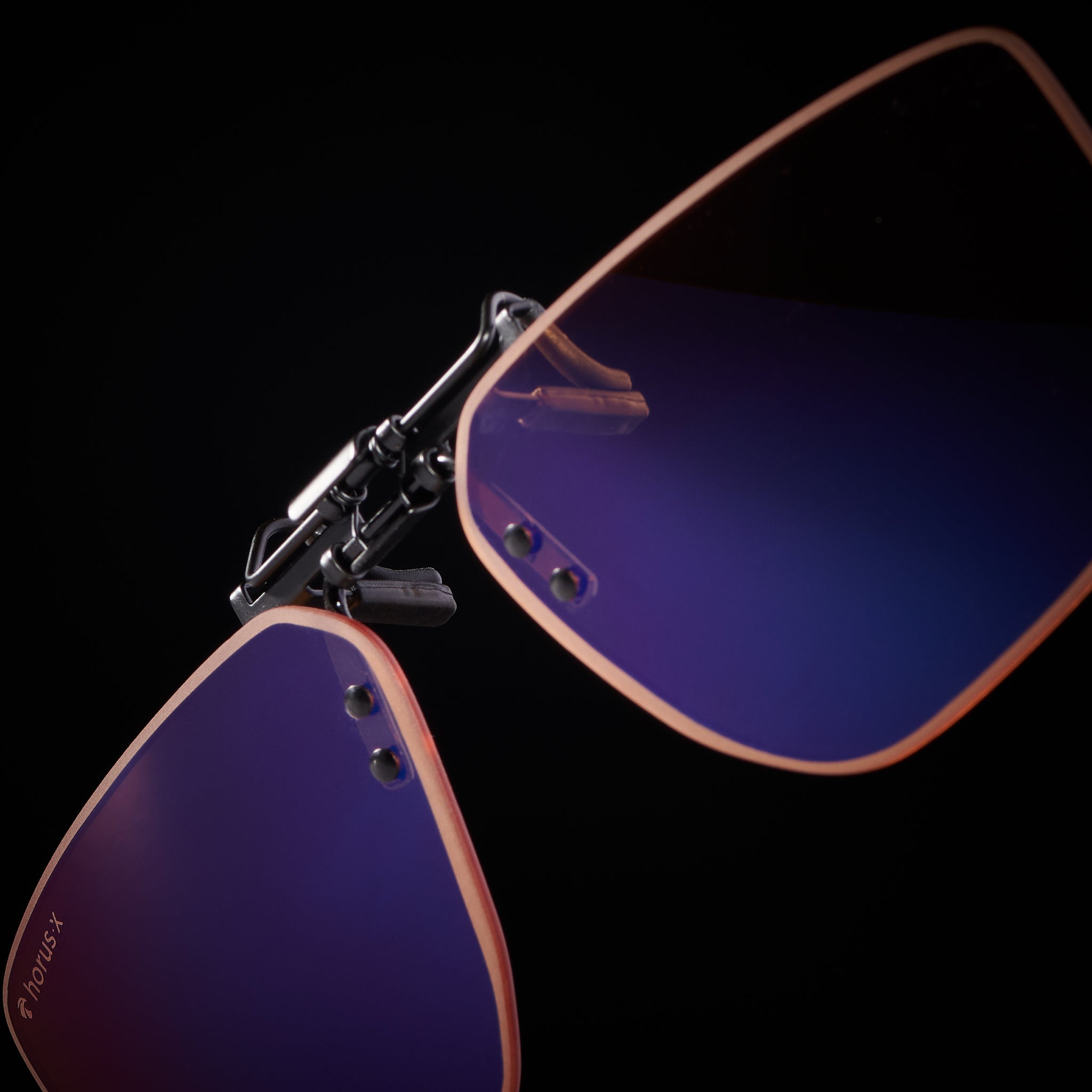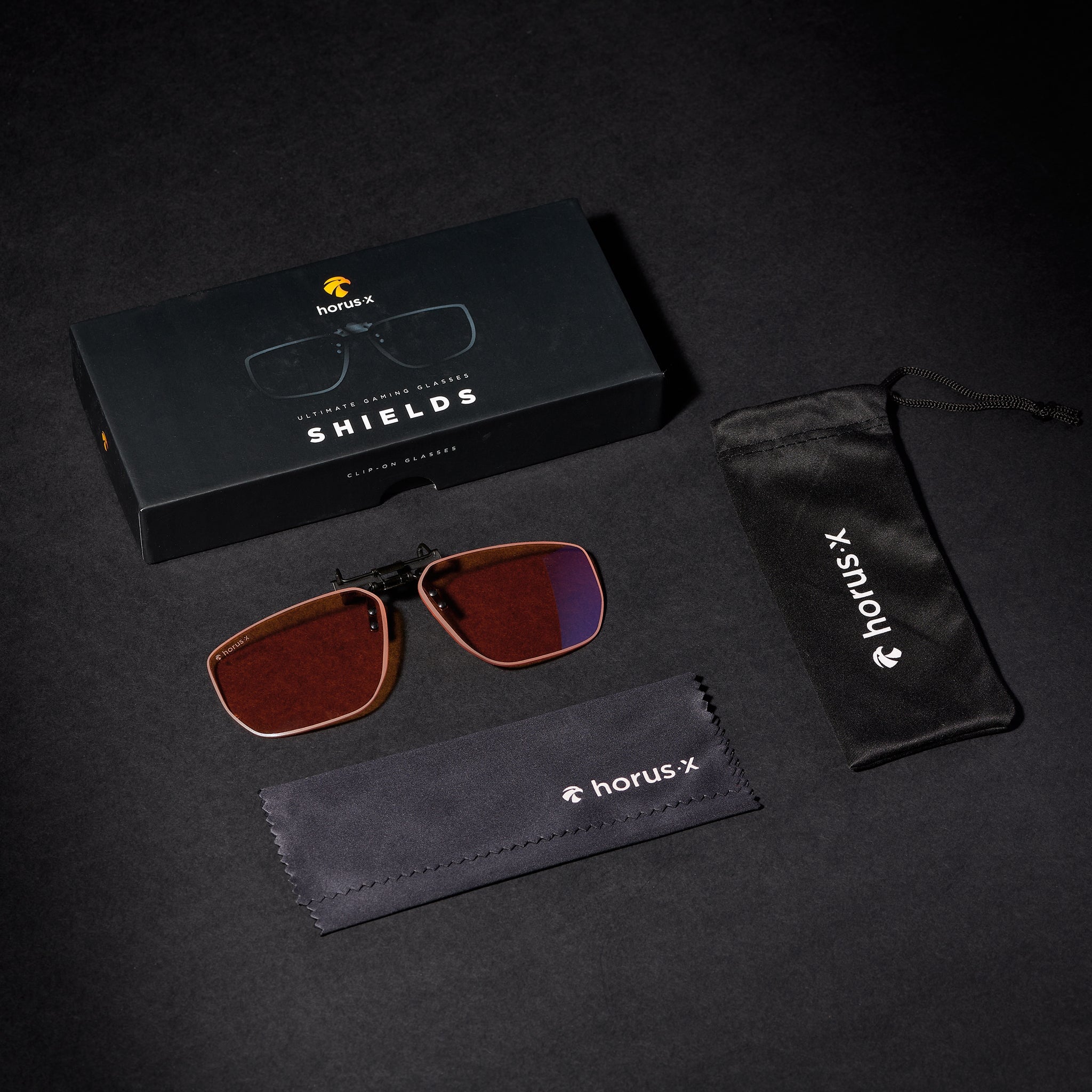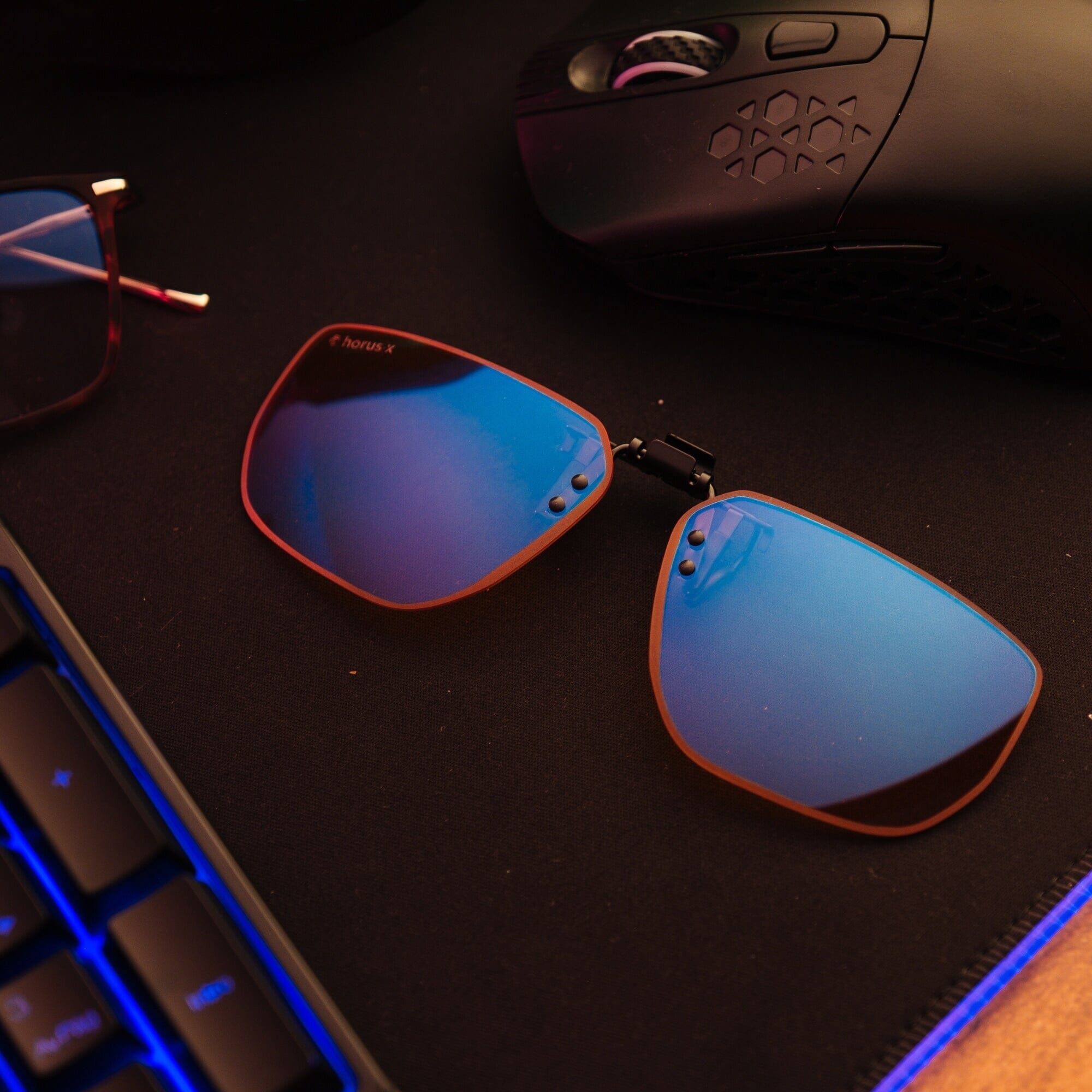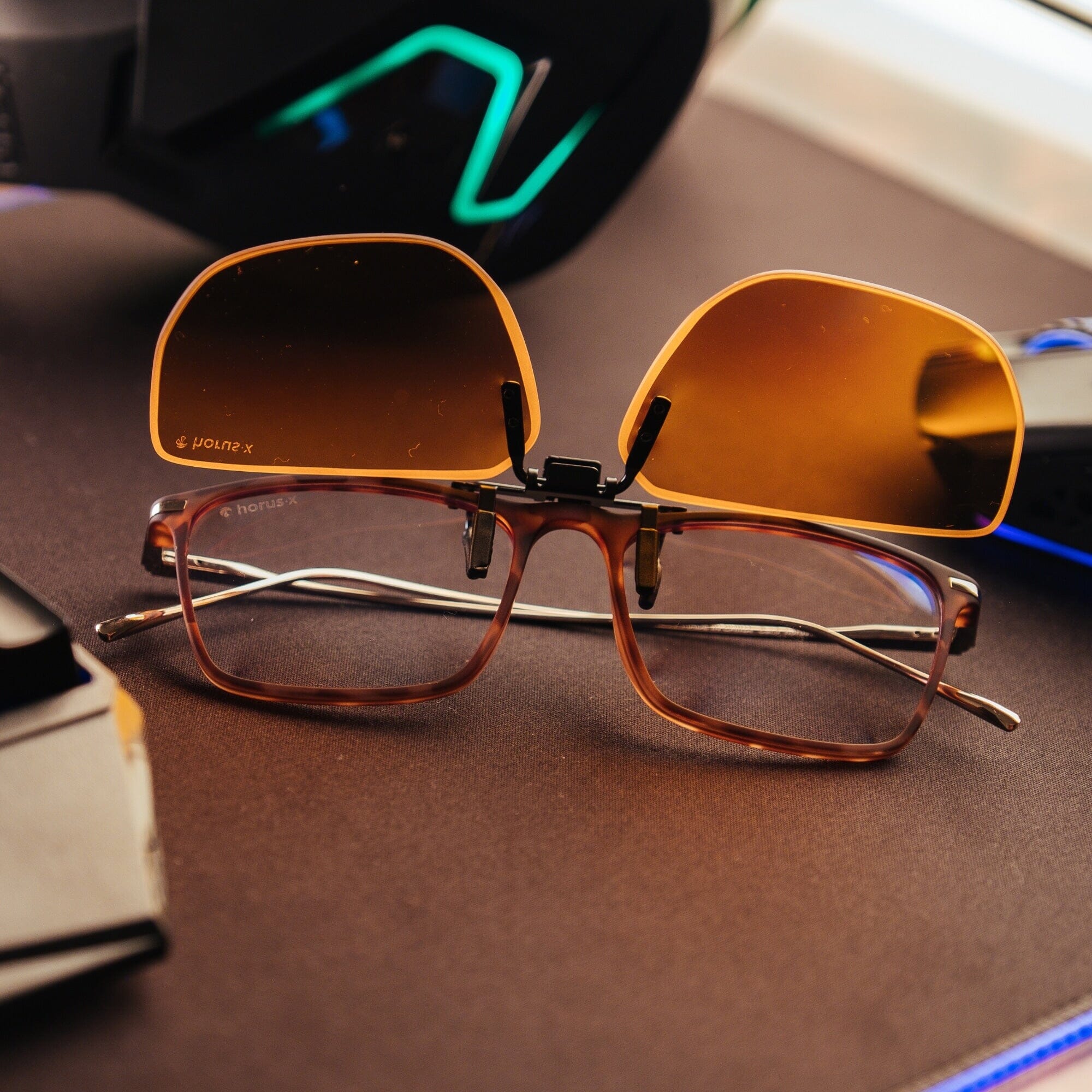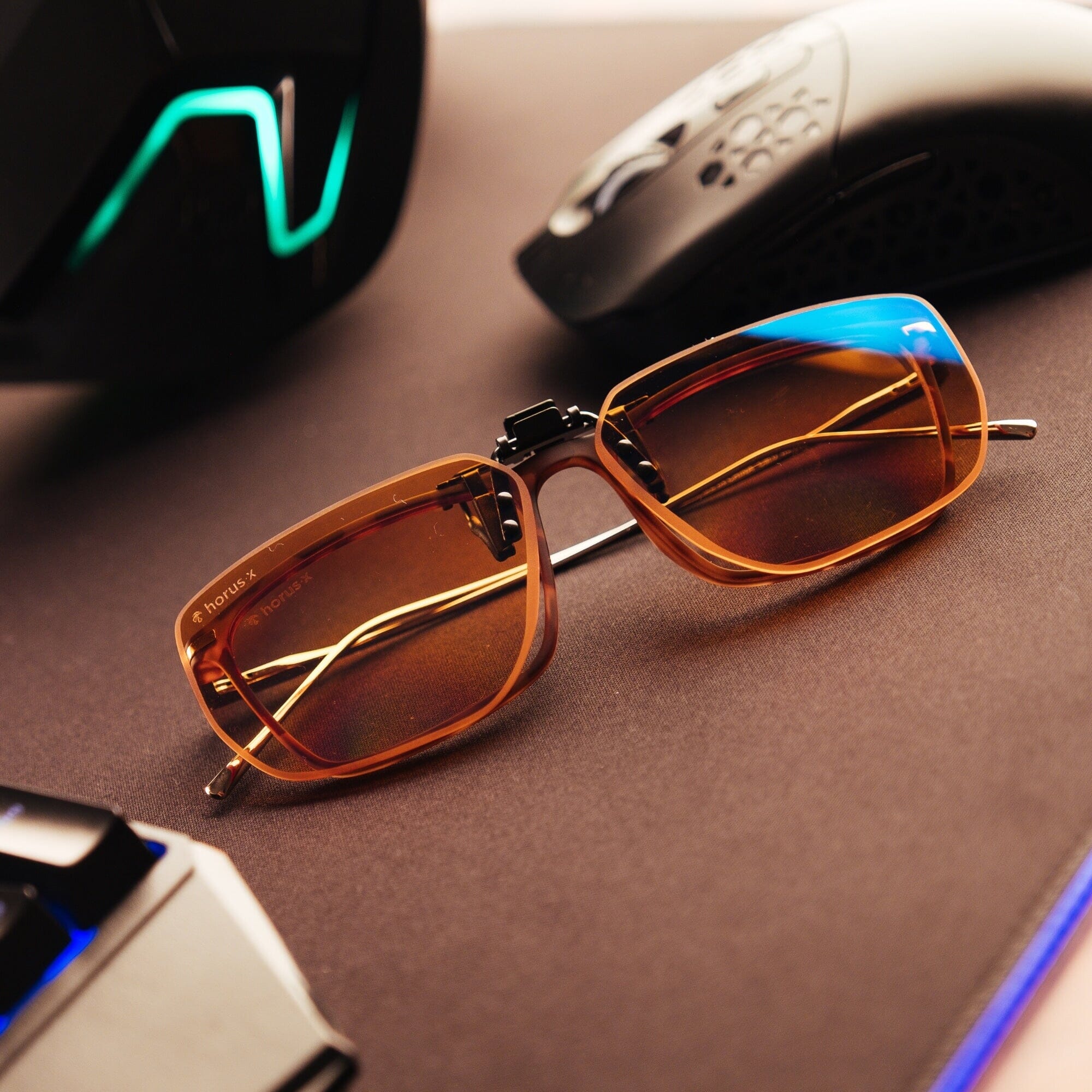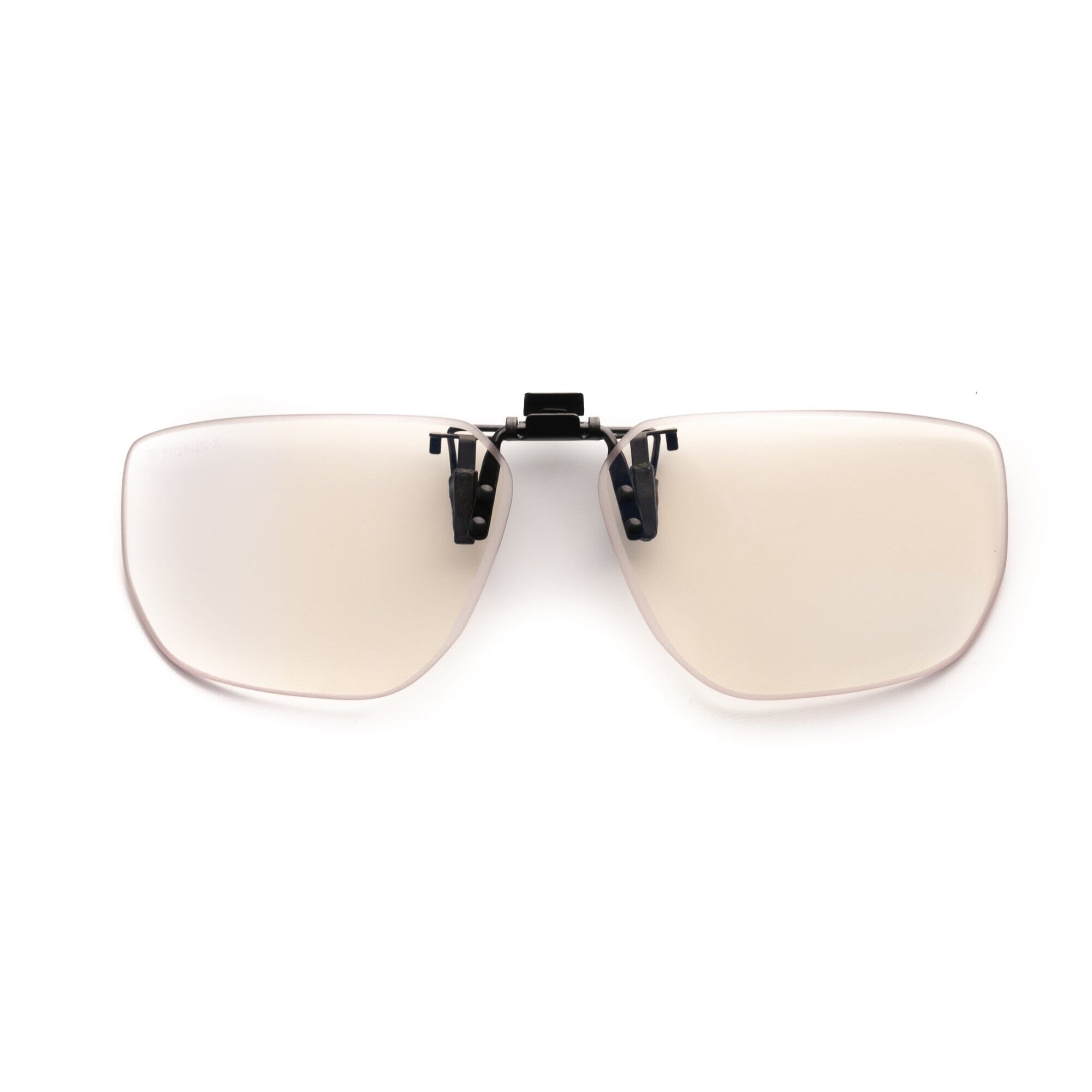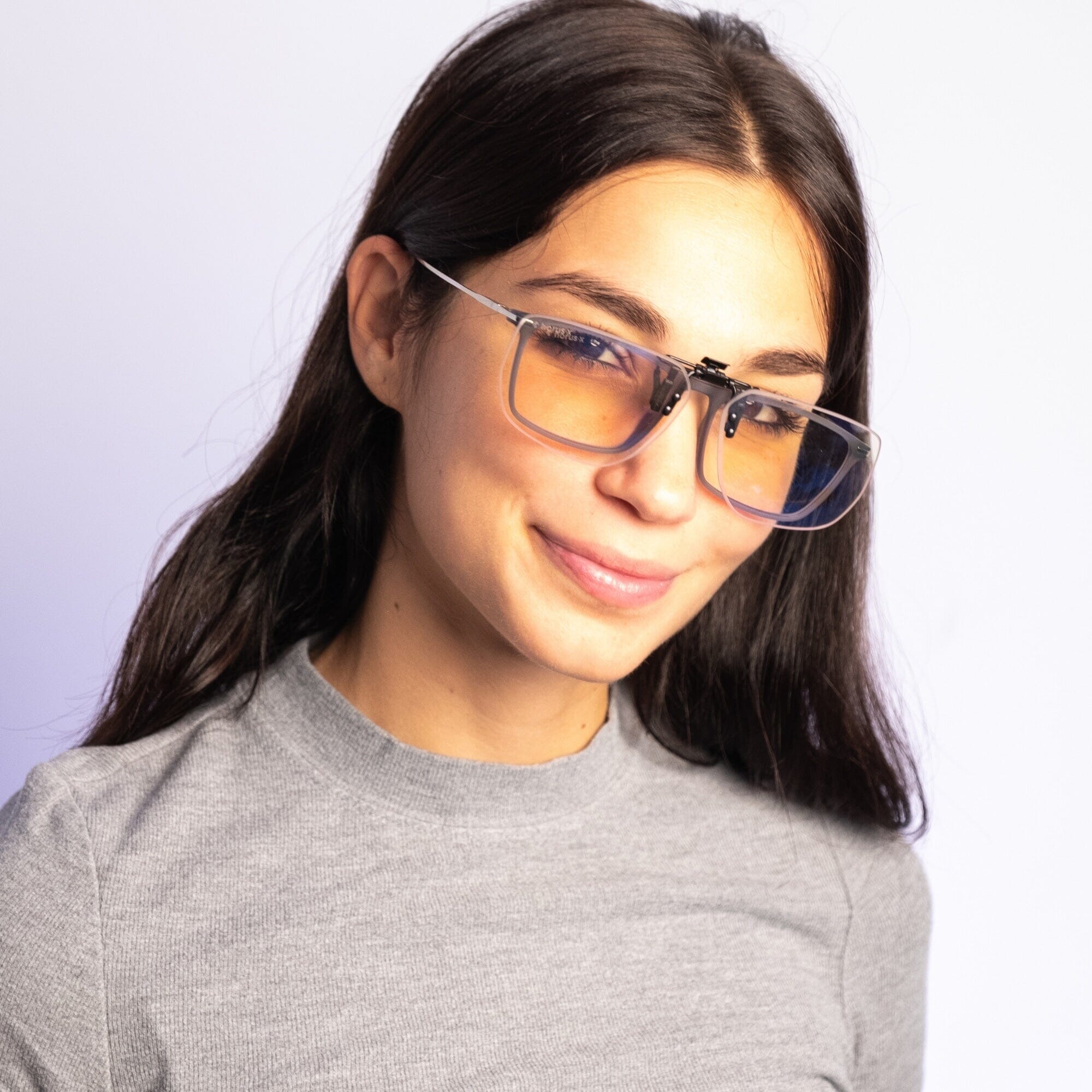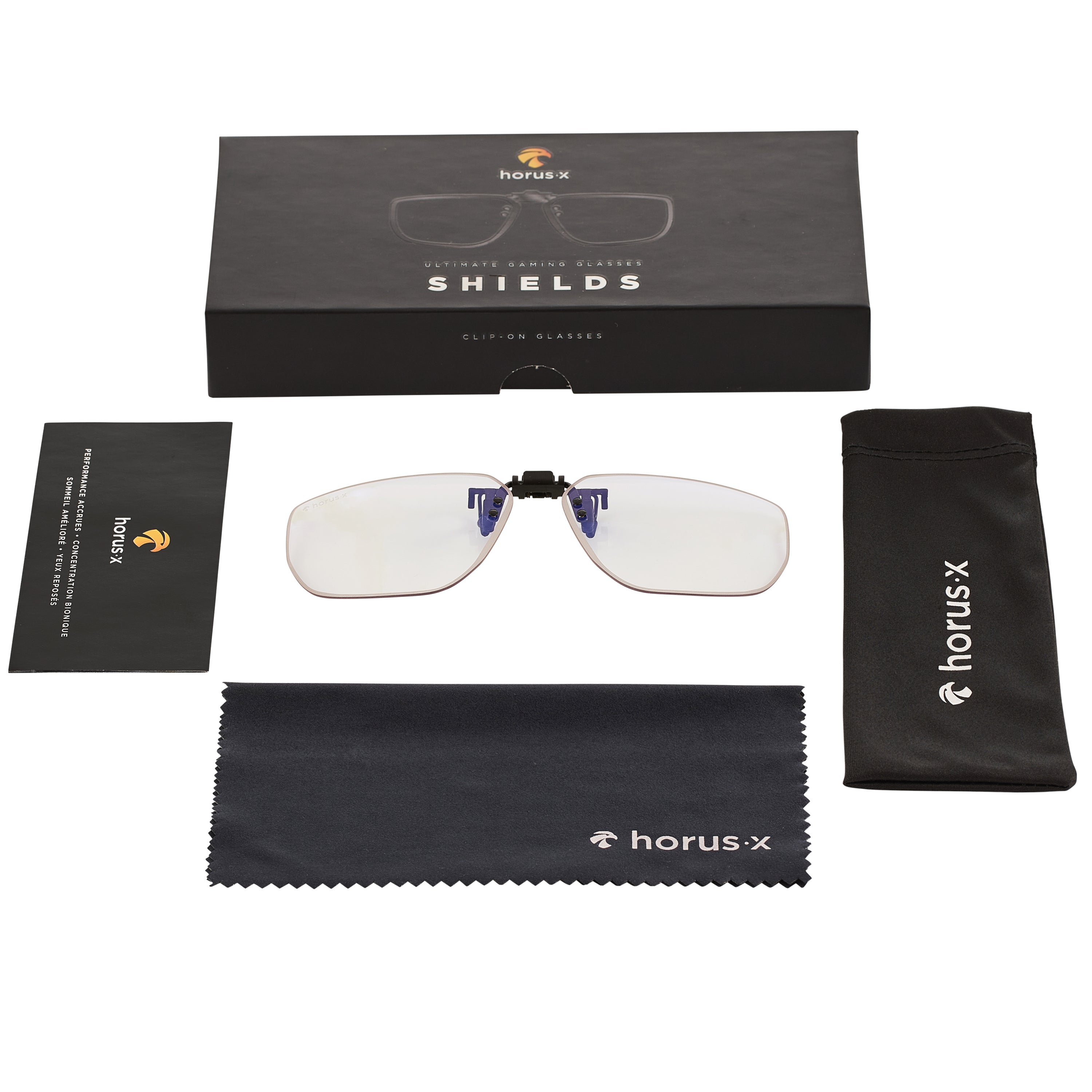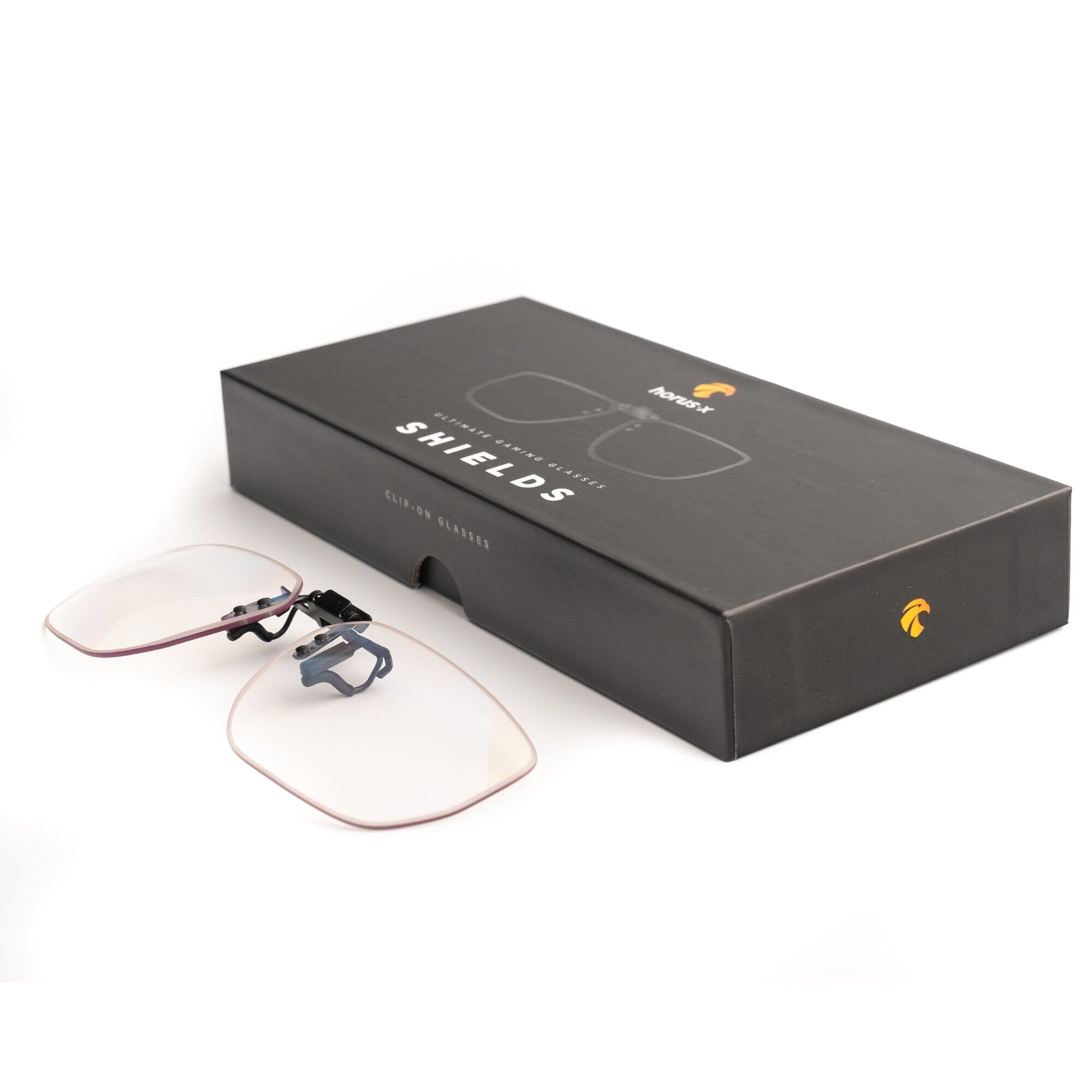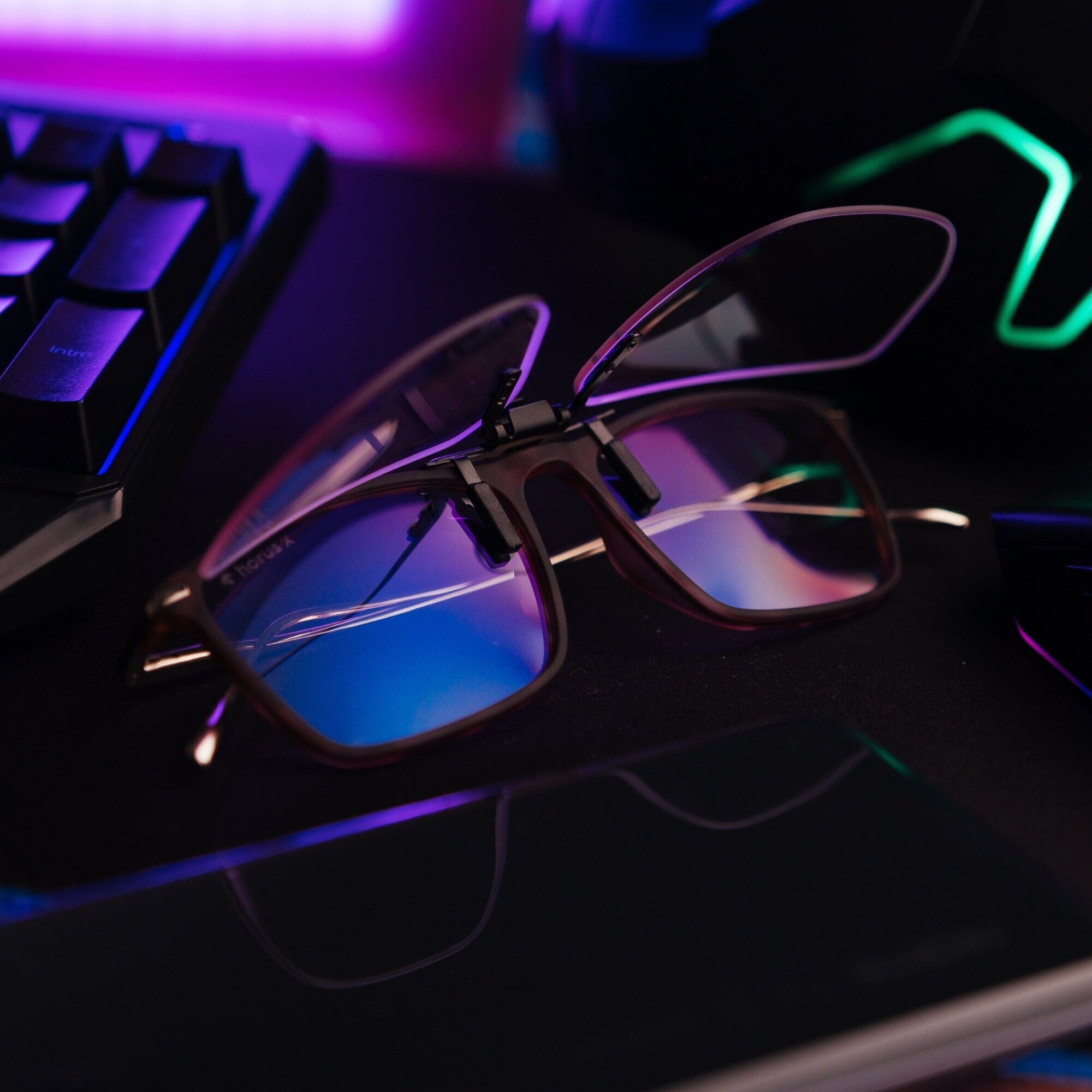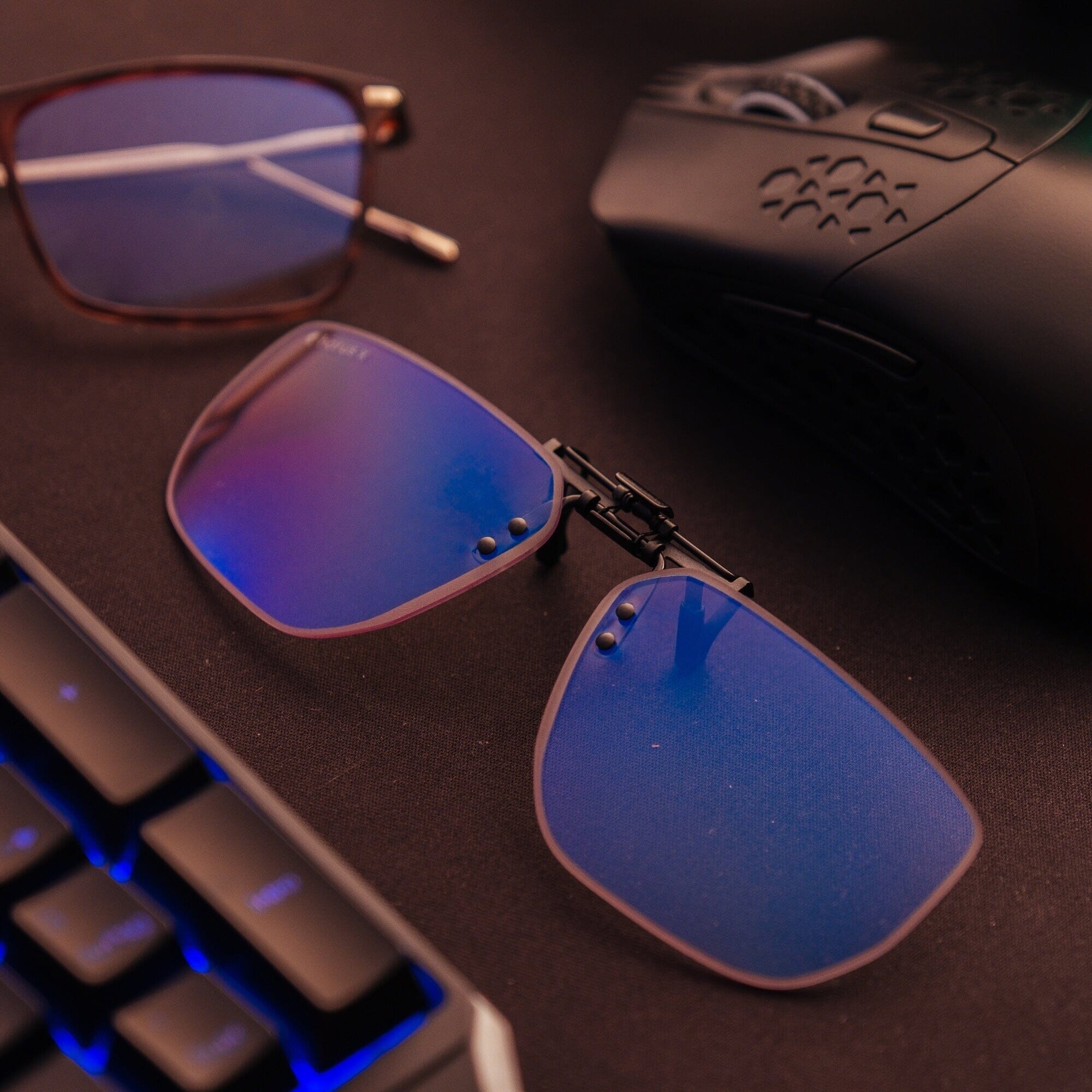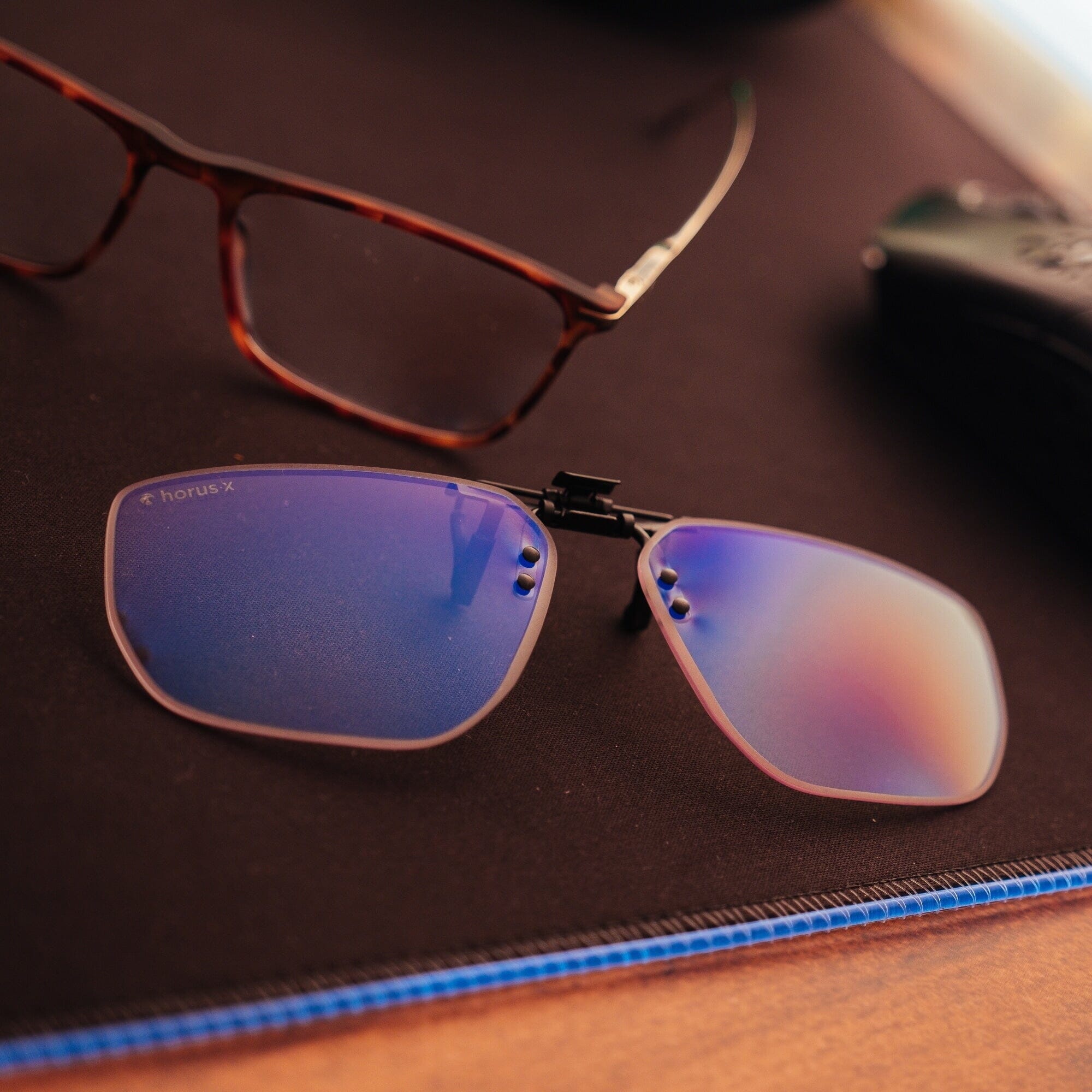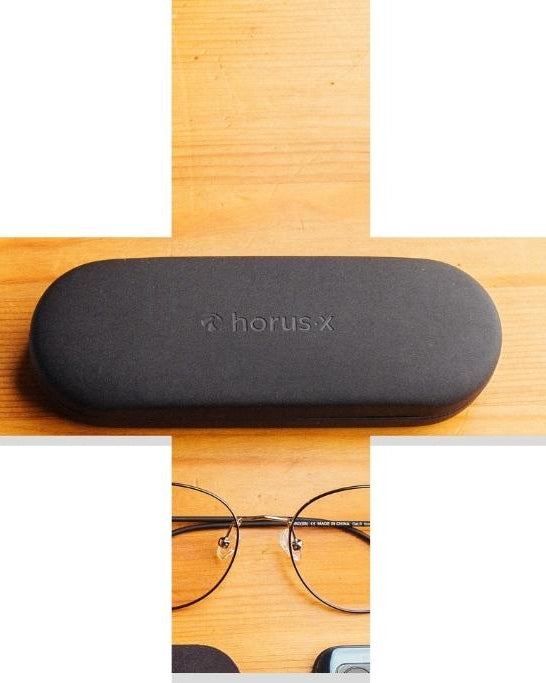Have you got insomnia? Or find yourself with a headache, or red and irritated eyes at the end of a long gaming session or day in front of the computer? You may be suffering from overexposure to blue light!
👉 Now we’re done sounding like an infomercial, let’s get down to the nitty gritty – what exactly is blue light and how do we stop it from negatively affecting us?
Blue light: what is it and is it dangerous?
1. What is blue light?
When we say blue light, we're not referring specifically to the color blue that you might see at a rave or (more realistically) swimming through the sea in Assassin’s Creed Odyssey.
In this context, blue light refers to a specific light frequency that is naturally produced by the sun, and mechanically produced by artificial light. When it was just the sun producing blue light, it wasn’t too much of an issue; but nowadays, with LEDs, fluorescent lights, LCD and LED digital screens adding to your exposure, the average person is getting far more blue light than they should.
These screens also emit more aggressive artificial blue light than natural sources due to the power of LEDs. And thanks to us channeling the citizens in Wall-E more and more every day, we’re under near constant exposure.
Blue light is one of the most intense parts of light, with very short wavelengths that produce a large amount of energy. Enough energy to make a Super Saiyan’s Kamehameha more dramatic than in that last fight with Broly.

That all means that blue light is the most harmful visible light for our eyes on the spectrum. Unless you count Cyclops’ lazer vision… which, to be clear, we don’t.
Blue light is found between wavelengths ranging from 380 to 500 nanometers. But not all wavelengths are created equal and there are some portions of blue light frequency that are more dangerous than others.
The most harmful frequencies are between 380-450 nanometers and you should be doing everything in your power to block at least 380-430 nm of this.
2. Is blue light really that dangerous?
As we’ve just covered, it can be pretty bad.
But not all blue light is harmful to your eye health. Take a look at this handy diagram to help understand which parts of blue light can actually be beneficial.
You can break blue light into two categories:
- ⚡Ultra-harmful blue-violet light (from 380 to 400 nm), or more broadly the “harmful” spectrum (From 380 to 450 nm). Both of these could contribute to eye disease like macular degeneration and computer vision syndrome. This is the blue light that must be avoided at all costs.
- 💙 Beneficial blue-turquoise light (between 450 and 500 nm). This blue light helps regulate our biological rhythm and sleep, overall contributing to our well-being.
3. What are the effects of harmful blue light?
You don’t want to suffer the Benjamin Button effect of old eyes at a young age, do you? If you keep exposing yourself to blue light without taking any precautions you could find yourself suffering from many long and short-term negative effects. Computer vision syndrome is just the start.
Overexposure to the intense brightness of blue light doesn’t just affect your eyes, but your overall health and well being.
There are a few easily noticeable side effects you might experience a few hours after intense blue light exposure:
- Eye fatigue
- Dry eyes
- Itchy eyes
- General tiredness
- Blurry vision
- Sore eyes
- Headaches
- Difficulty sleeping (not getting your melatonin!)
Long-term
Although there are a ton of clinical studies investigating the phenomenon of harmful blue light, it’s still unclear even to professionals exactly what the long-term effects are. This is where the DeLorean would have been useful.
But thanks to its physical properties, blue light is more likely to penetrate through your cornea and slowly damage the back of your retina and the macula of your eye than other wavelengths. This can result in progressive oxidation and accelerated macular deterioration (AMD).
Some experts believe that:
- Without protection, prolonged exposure to artificial light from our screen can cause damage to the retina and increase the likelihood of visual impairment.
- The risk of AMD occurring is likely to increase.
4. Has it been proven that blue light is dangerous?
It’s always good to check the facts.
According to WebMD:
There’s evidence blue light could lead to permanent vision changes. Almost all blue light passes straight through to the back of your retina. Some research has shown blue light may increase the risk of macular degeneration, a disease of the retina.
Research shows blue light exposure may lead to age-related macular degeneration, or AMD. One study found blue light triggered the release of toxic molecules in photoreceptor cells. This causes damage that may lead to AMD.
You can also check out a bunch of studies performed by the National Library of Medicine here.
How do blue light blocking glasses work?

Now that we’ve covered the subject on if blue light is harmful extensively, you can pass that surprise physics test we’re about to spring on you.
Just kidding, no one wants to go back to school… unless it’s Hogwarts.
Here’s how blue light blocking glasses work:
They do what they say on the tin. Blue light blocking glasses are glasses that are designed specifically to counter the effects of harmful blue light.
To block this part of the spectrum, glasses manufacturers have 2 solutions, and 2 different types of filtration they use.
- A lens that directly integrates anti-blue light filtration into its design.
This is the case for all glasses from brands specializing in blue light blocking. You generally won’t find these specific types in opticians, as the lens is usually colored; although depending on the filtration that lens color can be more or less intense. The most common ones you'll see are usually amber lenses.
- Adding an additional coating to a classic lens on its outer surface.
This could be something like (for example), a special blue light anti-reflection treatment. This is the type you can get in opticians who will take your regular prescription lens and apply an anti-blue light coating. However, this solution results in less efficient blue light blocking lenses than those from specialist blue light blocking brands.
The secret third solution….
- A combination of both solutions to increase comfort and overall efficiency of the filtration.
Option One: Anti-blue light glasses
Blue light blocking glasses are usually made from a material that isn’t glass. The best manufacturers use polycarbonate or CR39.
Both materials are of excellent quality, but at Horus X we use polycarbonate. That’s because it's 10 times more resistant to impact than glass, meaning if you’re on the receiving end of one of Riu from Street Fighter’s punches, your glasses will probably survive.
Polycarbonate is also much lighter and has a higher refractive index than CR39, meaning the lenses are generally thinner for that stylish Clark Kent look.
Horus X takes this technology and concentrates it in the manufacturing process to make glasses and lenses a cut above the rest.
- When we design our glasses, we do it over several months or even years to ensure the quality is higher than that 8k TV you’ve been dreaming about. We use the most up to date technologies and filtrations, thanks to the support of BPI France (government backed organisation), where our HQ is located. Their structure helps support innovative companies like ours in the creation of innovative new projects.
- Our manufacturing process takes weeks, with a huge number of steps to follow. We ensure each part of development is crafted meticulously, from the mixture of components and pigments, to the drying time, cutting and engraving of the frames.
During the manufacturing of the lens part of our glasses, our factory follows ultra-precise specifications to such a tee that not even Oliver, Charles and Mabel will find anything out of place. This ensures full protection on the targeted degree of filtration from the harmful parts of blue light (try saying that ten times fast..), while also allowing the beneficial parts of the spectrum to pass through with minimal color distortion.
Check out more about Horus X technology here.
Option 2: Anti-blue light coated glasses
Since conventional glasses aren’t specially designed to counter blue light, opticians sometimes offer a blue light filter option. This is usually an overcoat applied to your existing glasses.
This exterior coating will usually be integrated into your anti-reflective coating. While this allows a small amount of protection against blue light, it is of course less effective than glasses designed specifically to target and fight blue light.
So don’t expect effective protection, the levels of filtration offered on this option are generally lower than on properly designed glasses.
Nevertheless for those who need glasses in their daily life, it’s a good option until we create our perfect blend of the two.
Option 3: A lens designed to counter blue light, with an added anti-reflection coating 🔥
The best blue light glasses companies offer this combo. There’s not many, but Horus is one of them. We apply it to all our lenses for maximum and ultra-efficient levels of filtration and comfort.
Check out your amazing Horus X glasses options here.

How do you choose the best blue light blocking glasses?
We’ve probably already convinced you that Horus X is the best choice, but just in case we haven’t, here’s what to check out when shopping.
Also, just a small reminder… Horus X glasses cover all of these key areas.
- Filtration rate:
- On the ultra-harmful wavelength (380-430 nm) filtration must be at least 90%
- On the harmful part (380-450 nm) filtration must be at least 60%.
Otherwise, put the glasses down and walk away. There are other ways to channel Neo.
- Comfort: Especially important to consider if you wear over the ear headphones a lot. Read reviews to check if the frame of your glasses is light enough, and the temples are thin enough to be comfortable when you wear a headset. The only discomfort when gaming should be when the enemy team takes you out.
- Durability: Don’t go for a cheap model that will break in two minutes. You want something that has long term durability.
- Compliance with standards: The FDA doesn’t regulate blue light glasses. You can request a test report from the manufacturers if you want to go really in depth, but the easiest way is to check that they meet regulations in other countries they’re marketed to that do have requirements and standards set.
- Design: Totally up to you, but everyone wants to look good!
How blue light glasses work: Final thoughts
In summary, effective blue light blocking glasses use a filter glass usually made from polycarbonate or CR39 in order to block the most harmful part of the blue light spectrum (380-450 nm).
Each manufacturer and brand have a different filtration rate depending on its technology and own standards.
You can also find glasses that have an anti-reflection coating, which also increases the filtration rate of the glasses slightly. These are generally found in opticians who use the coating to filter blue light on conventional glasses required for seeing. Therefore, they usually have a lower filtration rate than a specialist brand would.
FAQs
Are blue light blocking glasses effective?
For those who want more information than a simple yes or no, we’ve covered this topic extensively in our article ‘What do doctors say about blue light glasses'?
But for those who just want a quick answer—if they’re by a reputable company, then yes. But it is important to understand the technology the company uses for the filtration and design.
Can you wear blue light blocking glasses all the time?
It’s not necessarily recommended, because some blue light actually is beneficial. However, it’s definitely something to consider if you get a lot of screen time.
If you want to dive into the ins and outs, our helpful article on whether you can wear blue light glasses all the time will give you all the information you need.
What are the disadvantages of wearing blue light blocking glasses?
They’re not a magical solution to all your problems. They’re super useful and certainly help digital eye strain and other issues, but there can be some disadvantages if you wear them 24/7, like disruption to your natural sleep cycle.



